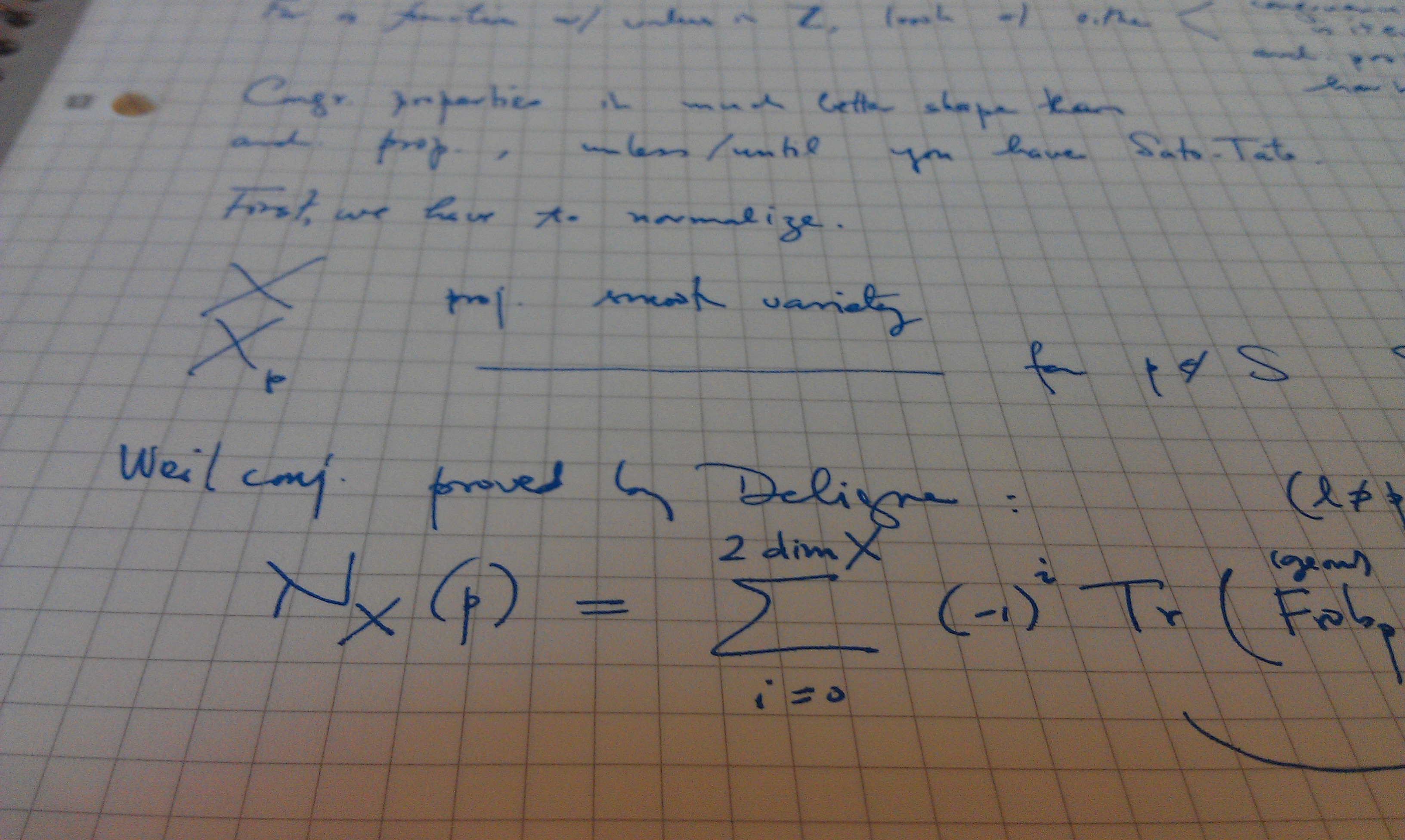Publication Date
2003
Journal or Book Title
The European Physical Journal D - Atomic, Molecular, Optical and Plasma Physics
Abstract
A model including two nonlinear chains with linear and nonlinear couplings between them, and opposite signs of the discrete diffraction inside the chains, is introduced. In the case of the cubic [ χ(3)] nonlinearity, the model finds two different interpretations in terms of optical waveguide arrays, based on the diffraction-management concept. A continuum limit of the model is tantamount to a dual-core nonlinear optical fiber with opposite signs of dispersions in the two cores. Simultaneously, the system is equivalent to a formal discretization of the standard model of nonlinear optical fibers equipped with the Bragg grating. A straightforward discrete second-harmonic-generation [ χ(2)] model, with opposite signs of the diffraction at the fundamental and second harmonics, is introduced too. Starting from the anti-continuum (AC) limit, soliton solutions in the χ(3) model are found, both above the phonon band and inside the gap. Solitons above the gap may be stable as long as they exist, but in the transition to the continuum limit they inevitably disappear. On the contrary, solitons inside the gap persist all the way up to the continuum limit. In the zero-mismatch case, they lose their stability long before reaching the continuum limit, but finite mismatch can have a stabilizing effect on them. A special procedure is developed to find discrete counterparts of the Bragg-grating gap solitons. It is concluded that they exist at all the values of the coupling constant, but are stable only in the AC and continuum limits. Solitons are also found in the χ(2) model. They start as stable solutions, but then lose their stability. Direct numerical simulations in the cases of instability reveal a variety of scenarios, including spontaneous transformation of the solitons into breather-like states, destruction of one of the components (in favor of the other), and symmetry-breaking effects. Quasi-periodic, as well as more complex, time dependences of the soliton amplitudes are also observed as a result of the instability development.
Pages
421-436
Volume
23
Issue
3
Recommended Citation
Kevrekidis, PG, "Discrete gap solitons in a diffraction-managed waveguide array" (2003). The European Physical Journal D - Atomic, Molecular, Optical and Plasma Physics. 1130.
Retrieved from https://scholarworks.umass.edu/math_faculty_pubs/1130

Comments
This is the pre-published version harvested from arXiv. The published version is located at http://www.springerlink.com/content/0uxbnj3d74c443a0/